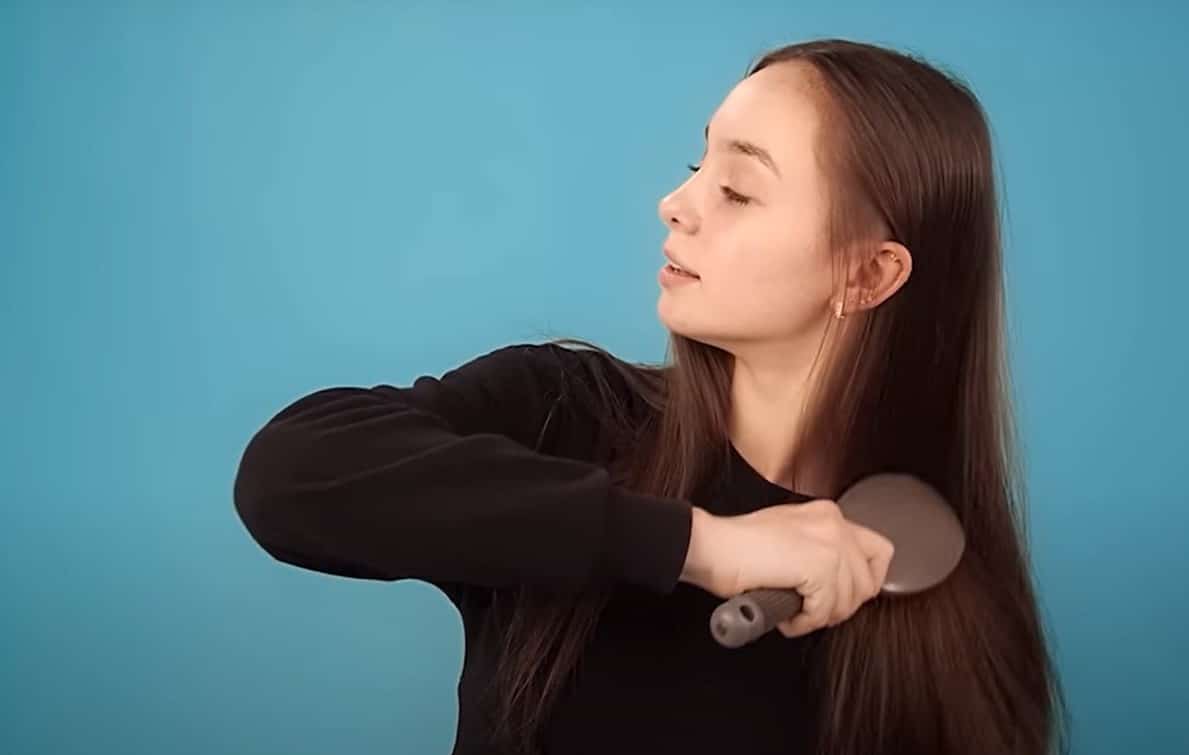If you’re dealing with hair loss or hair thinning, it can feel like a losing battle. However, this isn’t 1950. Modern science, medicine, and understanding shows us that there are actually plenty of ways to fight back against hair loss and restore much of what has disappeared. You simply have to be willing to fight back.

Below, we’ll explore the five most effective ways to combat hair loss, ranging from medical treatments to lifestyle changes. Whether you’re just starting to notice thinning or you’ve been battling it for years, these methods might give you the ability to combat hair loss.
1. Medication
When it comes to hair loss treatments, minoxidil and finasteride are two names you should know. These medications are among the most effective and well-researched options available today.
Minoxidil, often known by the brand name Rogaine, is a topical treatment that you apply directly to your scalp. It works by stimulating hair follicles, encouraging them to produce thicker, stronger hair. Minoxidil is easy to use and available over-the-counter, making it a convenient option for many people. It’s particularly effective if you start using it as soon as you notice hair loss.
Finasteride, on the other hand, is an oral medication that you take daily. It works by reducing the levels of a hormone called DHT (dihydrotestosterone) in your body. DHT is one of the main culprits behind hair loss, as it shrinks hair follicles over time. By lowering DHT levels, finasteride can help to slow hair loss and even regrow hair in some cases. However, finasteride is only available by prescription, so you’ll need to talk to your doctor about whether it’s right for you.
2. Laser Therapy
Laser therapy might sound like something out of a sci-fi movie, but it’s actually a proven method for treating hair loss. Low-level laser therapy (LLLT) uses red light to stimulate hair follicles and increase blood flow to the scalp, which can encourage hair growth.
One of the best things about laser therapy is that it’s non-invasive and painless. You can do it at home with a laser cap. And as these laser cap before and after results show, it can be one of the most effective hair loss treatment options out there.
While you should speak to a doctor for guidance on how to proceed in your situation, some studies suggest that combining laser therapy with other treatments, like minoxidil or finasteride, can lead to even better results.
3. Platelet-Rich Plasma (PRP) Treatments
Platelet-rich plasma (PRP) treatments are another cutting-edge option for fighting hair loss. PRP therapy involves taking a small sample of your blood, processing it to concentrate the platelets, and then injecting the plasma into your scalp.
If you want to know the best hair loss treatment, we recommend our detailed article. Platelets are rich in growth factors that help repair and regenerate tissues, including hair follicles. By injecting PRP into your scalp, you’re essentially giving your hair follicles a boost, encouraging them to produce thicker, healthier hair.
PRP treatments are relatively new, but early research and patient experiences suggest they can be effective, especially when combined with other treatments like minoxidil or finasteride. Keep in mind that PRP therapy can be expensive, and it usually requires multiple sessions to see the best results.
4. Nutritional Adjustments
What you eat can have a big impact on your hair health. If you’re not getting enough of certain vitamins and minerals, your hair might suffer. Here are a few key nutrients that are particularly important for hair growth:
- Iron: Low iron levels can lead to hair loss, especially in women. Foods like red meat, spinach, and lentils are great sources of iron.
- Vitamin D: This vitamin helps with hair follicle cycling, and a deficiency can lead to hair thinning. You can get vitamin D from sunlight, supplements or fortified foods.
- Biotin: Also known as vitamin B7, biotin is essential for healthy hair. Eggs, nuts, and whole grains are all good sources of biotin.
In addition to these nutrients, make sure you’re eating a balanced diet with plenty of protein, as hair is made of a protein called keratin. Also, here are Balance of Nature pills available, which you can learn more about in our article. If you’re unsure about your nutritional status, consider talking to a doctor or nutritionist for advice.
5. Healthy Lifestyle Habits
Don’t underestimate the power of a healthy lifestyle when it comes to fighting hair loss. Stress, poor sleep, and unhealthy habits like smoking can all contribute to hair thinning. Here are a few lifestyle changes that can support hair growth:
- Manage stress: Chronic stress can disrupt your hair’s growth cycle, leading to more shedding. Finding ways to manage stress, whether through exercise, meditation, or hobbies, can help keep your hair healthier.
- Get enough sleep: Your body needs sleep to repair and regenerate, including your hair follicles. Aim for 7-9 hours of quality sleep each night.
- Avoid harsh hair treatments: Frequent use of heat tools, chemical treatments, and tight hairstyles can damage your hair and lead to breakage. Try to be gentle with your hair and avoid excessive styling.
Stop and Reverse Hair Loss
Hair loss is something that the majority of people deal with at some point in their lives. However, just because it’s common, doesn’t mean you should give up. As this article shows, there are plenty of effective ways to slow hair loss (and even reverse it).
Whether you want to use medication or stick to all-natural solutions, there are plenty of options. You don’t have to do all of these at once, but you should pick at least one and get started sooner rather than later. Hair loss can be stopped, but time is of the essence!
